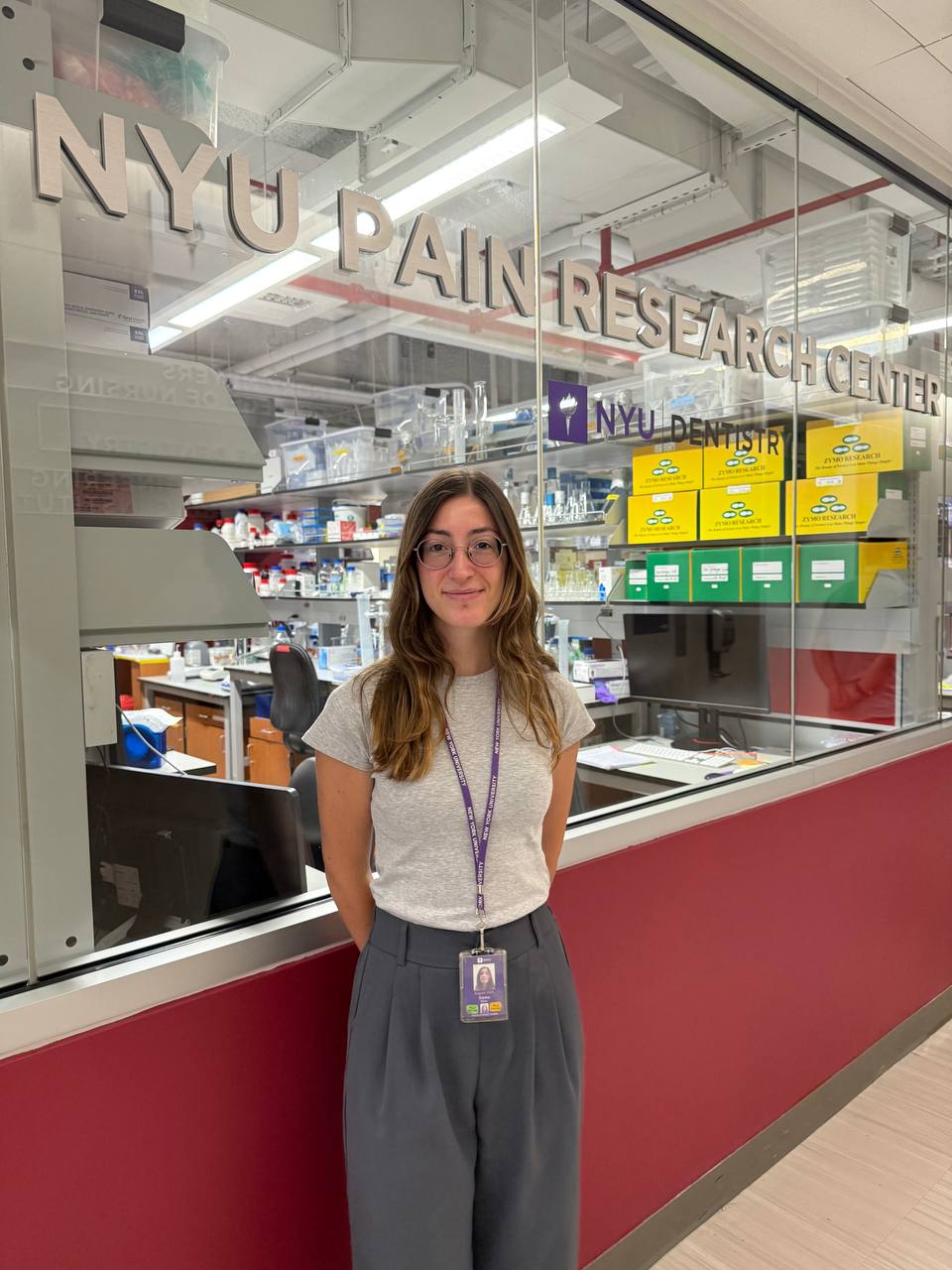Research Grant Stories: Dr Elisa Damo on Mapping Antibody Distribution in Pain Models
How Proteintech Research Grants allow researchers to advance their projects. #InTheLabWithProteintech
At Proteintech, we’re committed to supporting researchers at every stage of their scientific journey. At a time when funding opportunities have become increasingly limited, Proteintech launched its Research Grant program to help scientists continue pushing their work forward. The grant was created to provide practical, flexible support for researchers enabling them to pursue important experiments, develop new techniques, or generate critical data.
In this article, Elisa Damo PhD, a Postdoctoral Research Associate at New York University shares how this support helped advance their study on antibody distribution and off-target effects in pain models. #InTheLabWithProteintech.
What inspired you to apply for the Proteintech Research Grant?
I applied for the Proteintech Research Grant because I wanted to pursue a small side project outside of my main fellowship aims. Having dedicated funding gave me the flexibility to explore new questions without adding financial strain to my PI’s budget.
Can you describe your research project?
I study how blocking a protein involved in chronic pain with an antibody can relieve pain. In this project, I used histological staining techniques (DAB and H&E) to explore whether the antibody we are testing in pain models could have off-targets in other organs in the body.
How will this grant help you achieve your research goals?
Without this funding, I would have had to rely on outsource staining to a core facility, which is expensive and inflexible. With the grant, I was able to purchase reagents directly, which gave me the freedom to try different staining protocols, optimize conditions, and learn a new technique without worrying about “burning” money.
What specific Proteintech products will you be using as part of your grant-funded project?
The grant allowed me to purchase histology reagents, including DAB and H&E staining kits, and a secondary antibody (HRP-conjugated Goat Anti-Human IgG(H+L)) that were essential for the project.
What discovery are you most excited to pursue with this support?
I am excited about the possibility of mapping antibody distribution and off-target across different organs, which will provide critical information for interpreting both safety and efficacy in translational research.
How do you see this project contributing to the wider scientific community or your field of study?
Learning and optimizing staining protocols not only advanced this project but also gave me a skillset that I can apply to other collaborations in my field. This work may also inform future therapeutic strategies by highlighting how antibodies interact beyond their intended targets.
Have you shared or do you plan to share results (e.g., conferences, publications, collaborations)?
Yes, the results will be shared with collaborators and may contribute to future publications and patents.
If you could give advice to future grant applicants or early-career researchers, what would it be?
Don’t be afraid to apply for small grants. Even modest amounts can give you the freedom to try new things, learn new techniques, and take creative risks. Science rarely works perfectly on the first try, and having resources to experiment without fear of failure can be invaluable.
The Proteintech Research Grant Program was introduced during a time when many researchers faced significant funding challenges. By offering direct support, the program helped scientists continue valuable work that might otherwise have been delayed or scaled back. For more information about Proteintech’s ongoing efforts to support researchers email proteintech@ptglab.com.

Elisa Damo PhD, Postdoctoral Research Associate, New York University
